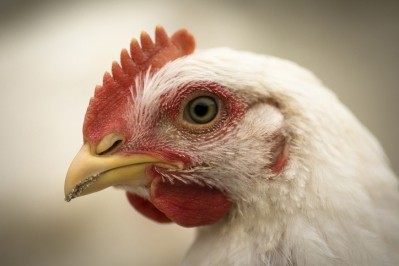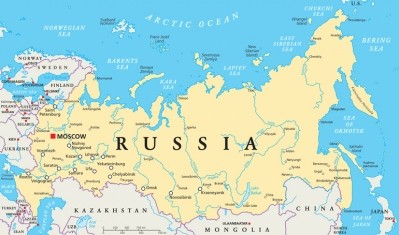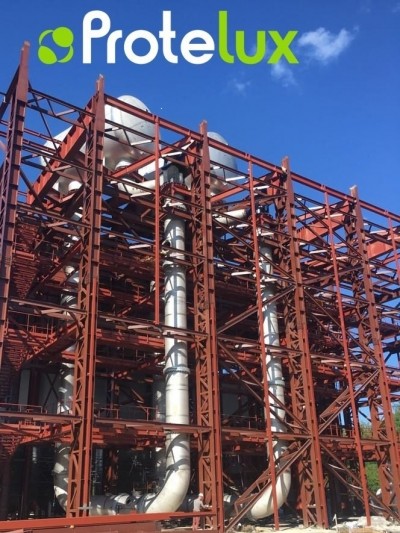Atria’s bottom line pays price of high feed costs

While Atria’s overall net sales grew by 2% to €1,438.5m, consolidated EBIT fell from €40.9m (US$46.45m) in 2017 to €28.2m in 2018, with the company citing increased raw material costs as the main factor weighing down on profitability.
Raw material costs impacted the meat and poultry producer’s EBIT in Finland, Russia and Sweden, but Atria Finland still met targets owing to strong sales growth.
“Atria's growth in Finland was strong and annual net sales exceeded €1 billion for the first time. The group’s net sales were at the same level as last year,” said CEO Juha Gröhn in a statement.
He continued: “Finland’s and Denmark and Estonia's results were as expected. The results of Sweden and Russia did not meet set targets. The increased costs of animal feed caused by the dry summer were transferred to meat raw material costs. The increase in costs has been the strongest in Russia, where the raw material costs increased especially towards the end of the year by more than 30% compared with the same period in the previous year.”
Analyst view
Benjamin Bodart, director at commodity market analyst CRM AgriCommodities, confirmed that a dry summer had penalized yields in both Europe and the Black Sea, pushing up domestic prices.
“According to the Swedish Board of Agriculture, total cereal production was about 30% down year on year whilst in Russia, the wheat harvest is estimated to be down 13MMT or -15% on the 2017/18 record harvest,” he told FeedNavigator.
He said it followed that local prices had skyrocketed to facilitate the pace of imports for the former and limit exports for the latter.
“If you look at wheat prices in Russia, you will see that close to export locations, prices were trading at record high levels at the beginning of the month, so the situation remains tight and it is likely to remain the case until we have got confirmation of a good 2019 harvest.”
As to why Atria Russia had to contend with higher raw material price increases than the group’s operations in neighboring markets, Bodart attributed to significant exports.
“It is also important to note that despite the 13MMT reduction in the 2018 Russian wheat production, their exports have remained extremely dynamic up until the end of 2018.
"As of the end of February, it is estimated that Russia has already exported ~29MMT or about 80% of the official 37MMT annual export forecast,” he said.
He explained that the significant exports from Russia limited the competitiveness of Scandinavian/Baltic origins, keeping costs in check in those regions. In addition, record maize imports in Europe (+44% year on year) was a limiting factor as it weighed on the cost of raw materials.
Future profitability prospects
Fortunately for companies who operate in the Russian, Baltic and Scandinavian territories it seems unlikely that, in 2019, profitability will be as curtailed by high raw material prices as was the case for Atria in 2018.
“Based on the current crop conditions, which have improved since plantings last autumn, it looks like we are set to see a good wheat harvest in both the EU and the Black Sea,” said Bodart.
However, he cautioned that it is very early in the crop cycle and yields are not made during the winter but in May/June.
“The current dip in price would at least be a good starting point to think about covering some of the raw material requirements for next season,” he advised.











